Titra Smart Auto-Titrator
Introducing Titra Smart, an advanced potentiometric autotitrator designed for precise quantitative chemical analysis. Featuring two-point auto-calibration and temperature compensation, it displays both pH and mV of samples. The system's Teflon liquid path and glass-tight burette ensure chemical inertness for sensitive analyses. Compliant with 21 CFR Part 11, it includes an audit trail, electronic signature functionality, and data backup capabilities.
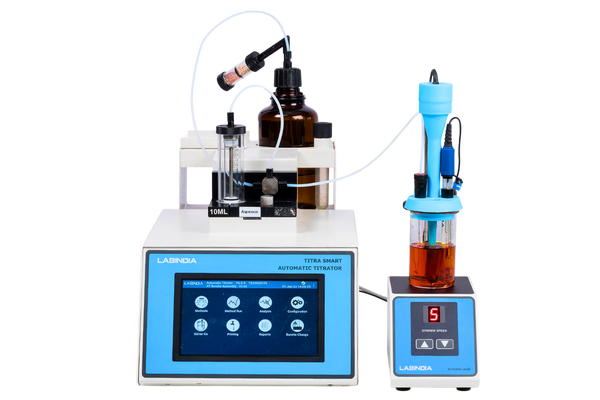
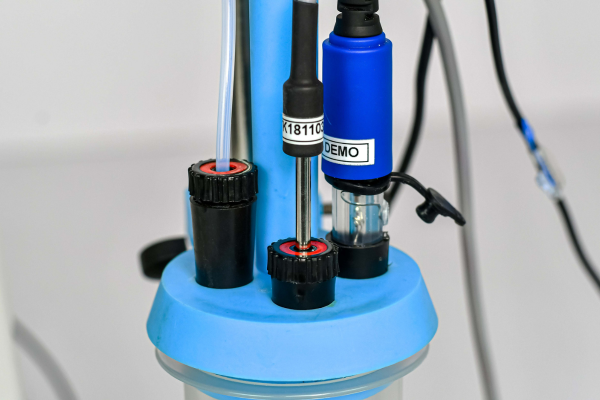

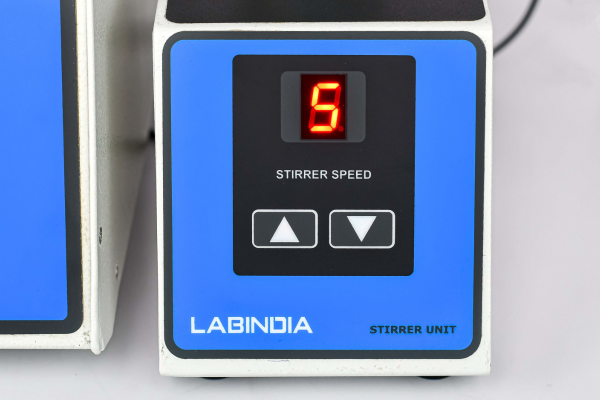
Titra Smart Auto-Titrator
Introducing Titra Smart, an advanced potentiometric autotitrator designed for precise quantitative chemical analysis. Featuring two-point auto-calibration and temperature compensation, it displays both pH and mV of samples. The system's Teflon liquid path and glass-tight burette ensure chemical inertness for sensitive analyses. Compliant with 21 CFR Part 11, it includes an audit trail, electronic signature functionality, and data backup capabilities.
Innovative Design
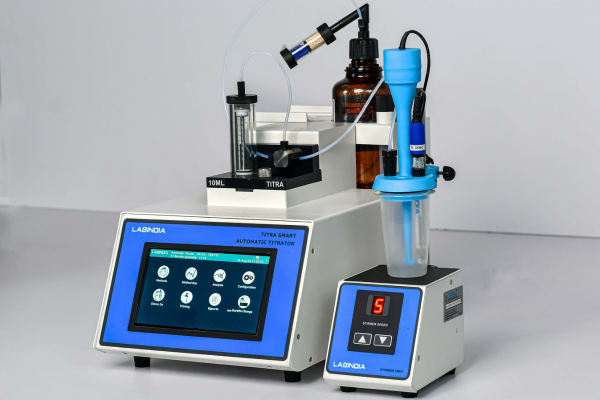
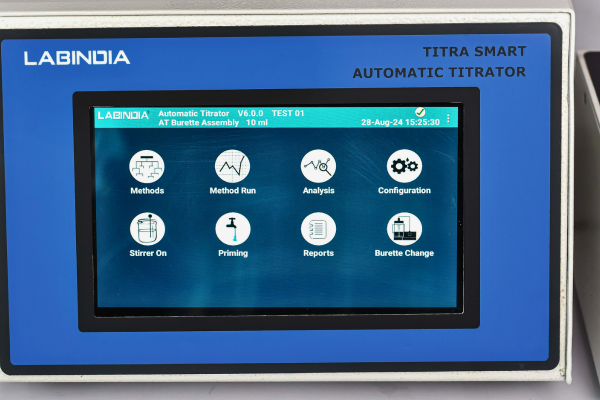
The Titra Smart Potentiometric Auto Titrator combines user-friendly features with cutting-edge technology. Its intuitive interface prevents invalid entries, while a vortex stirrer with a glass propeller ensures thorough and chemically inert stirring. Quick interchangeable burette assemblies intelligently recognize volume sizes, facilitating accurate endpoint calculations. The system also verifies peripheral connectivity and includes a Composite Differential Electrode Amplifier for versatile titrations.
Key Features
Equipped with extensive memory for method storage and compliance with GLP standards, Titra Smart offers standardized titration modes such as incremental and equilibrium. Users can evaluate multiple endpoints and customize report formats, ensuring thorough documentation. The system supports automatic molarity evaluation and adheres to ASTM standards for oil analysis, providing reliable results and comprehensive statistical analysis for repeat runs.
Precision and Compliance


